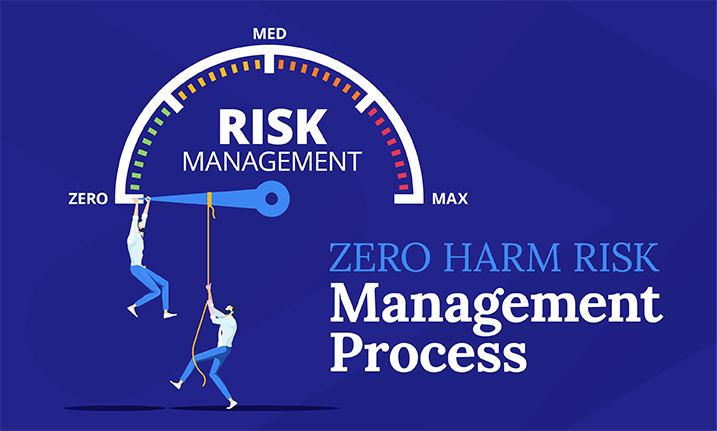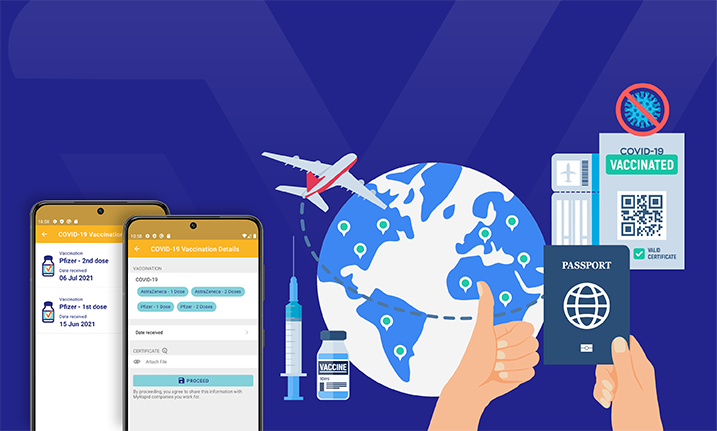

After several months of working from home, many teams are now embracing the hybrid way of working which incorporates any combination of remote, semi-remote and office-based working. It’s one step further than simply “flexible working” in that the hybrid workforce can decide for themselves what works best for their life and work demands.
There is also clear data to support the trends, including a global report by PwC Australia on how the hybrid workplace model is rewriting the rule book, reporting that 74% of Australian respondents want hybrid workplaces.
Blending remote work and on-site comes with questions surrounding the best way to manage this “new normal”.
While leaders early on were quite rightly focussing on a crisis response to the pandemic, now focus is shifting to the strategies deployed to move forward, recover, and manage long term outcomes.
So, what are the benefits and risks of a hybrid workforce?
Top 3 benefits of a hybrid workplace
The benefits of a hybrid workplace are well worth the effort to get it right from the start, and can include:
- Higher productivity
Thanks to less distractions, reduced stress from not having to manage the commute, and less unplanned absences, many companies report higher productivity in a hybrid model. - Saving on expenses
Thanks to money saved on office space, plus the ability to leverage connective technology, companies can improve their bottom line. Companies can turn a hybrid workplace into a win-win by streamlining the workforce risk and modifying the safety and compliance management processes. - Easier to comply with COVID-19 social distancing
Many states and territories still have some restrictions in place, and companies must adhere to social distancing guidelines – much easier when you are running a hybrid workforce and can manage and restrict your in-house occupancy levels with technology like Rapid Access.
Risk management for hybrid workforces
Work health and safety (WHS) laws are catching up with new hybrid working models. According to WorkSafe, under the model WHS laws, employers have a duty of care for the health and safety of their workers and others and this includes where the worker is working from home.
This means companies need to strategically break down the key elements that relate to their unique business model and look at the immediate hybrid model that is currently playing out, as well as looking longer term at what the growth goals are.

3 main risks with a hybrid workplace
And what are the risks and challenges leaders must look to manage in hybrid workforces?
- Physical wellbeing
This involves looking at some of the common risks that remote workers might experience, such as poor workstation set up, managing work hours and ensuring regular breaks, comfort elements such as heat/cold/lighting, and the increased risk of domestic violence in the home. - Mental wellbeing
This includes assessing your team’s connection and productivity, as well as looking at ways to boost employee engagement. Look for ways to actively support any isolation concerns, improve communication from managers, address any concerns over increased work demand, and set up strategies to protect the boundaries of home/work life. - Psychological safe culture
This supports efforts to assess themes around leadership and culture within your company. For example: Do workers have a clear chain of command? Do workers feel safe to speak about personal or professional issues? Is there a clear team purpose? Is there openness to feedback and criticism? Are there clear development opportunities for all team members?
How technology can help companies with risk management
It’s reported that 71% of decision-makers (Source: Smartsheet) are re-thinking their longer-term strategic decisions on workforce technology, which means leaders can be innovators in their fields by integrating strategic workforce management systems.
Rapid Auditor will help you to manage your inventory and safety auditing, support the deployment of new or existing tools, plus assists with testing and reporting of faulty equipment both onsite and offsite. Rapid Induct can centralise induction and training for your workforce and contractors, with streamlined onboarding and compliance steps. It allows you to develop customised induction training courses and you can be in control of your content.
With Rapid Incident Reporting, companies can monitor incidents, near misses, injuries and mental health for all employees working onsite and remotely. The software ensures you can handle and track the lifecycle of the incident while improving your ability to investigate, gain insights and implement corrective actions.
The health & safety of your hybrid workforce relies on strong risk management policies and systems. Speak to our experts at Rapid Global and see how simple it can be for your company to meet the WHS requirements for a hybrid workforce.







